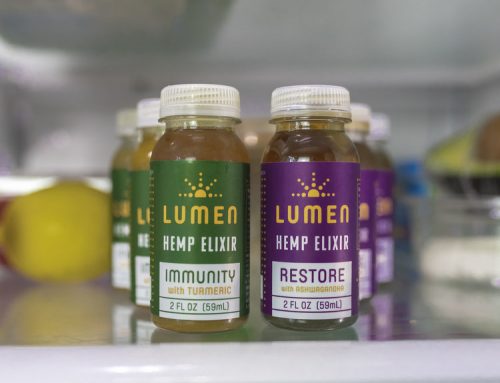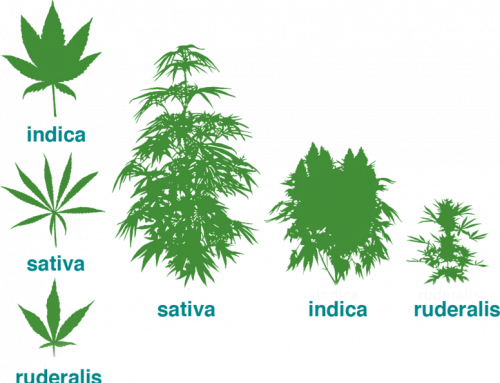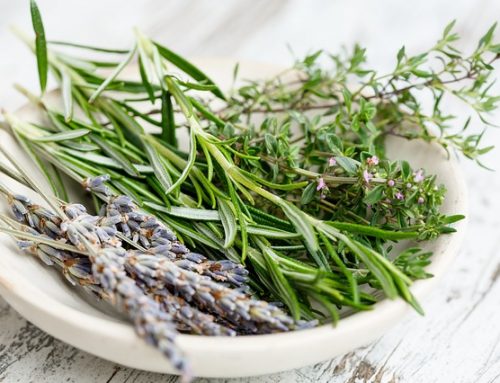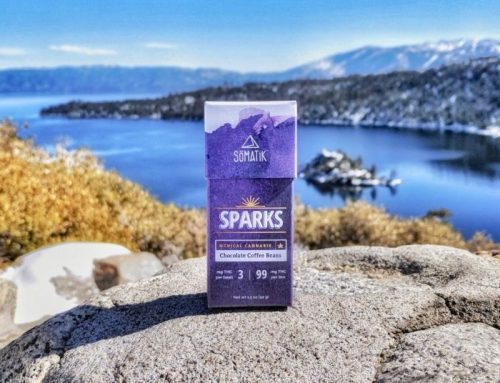These days, being a cannabis connoisseur these days means being an expert on strains. The core of any budtender’s job is to help their customers choose between the many, many strains available. Shopping by strain is really the only way we have to determine what kind of experience we might get from the cannabis we’re buying, so knowing your Green Crack from your Lemon Haze matters a lot.
However, the use of strains to describe the cannabis experience has come under a lot of fire recently. And it’s not hard to believe that the “Green Gorilla Crack #63” your budtender suggests might not be named for any particular reason other than that it sounds good. Also, when certain strains become commercially popular, growers have a financial incentive to jump on that bandwagon, leading to a lot of Blue Dream that isn’t really Blue Dream.
So, if a lot of strains are named for non-genetic reasons, or even purposefully mislabeled, do strains still mean anything? Yes, actually! You’ve just got to look a little deeper at what you’re buying. But that’s why you’re here in the first place, isn’t it?
Sativa vs Indica
One of the most common distinctions made between cannabis products out there is based on species. These are normally sativa and indica (there’s also ruderallis but it’s not common). Most cannabis retailers divide their products by Sativa, Indica, and Hybrid, and then break it down further by strain. However, after centuries of crossbreeding, it turns out that the species-based distinction doesn’t tell us much. Pretty much everything is a hybrid at this point!
As leading cannabis geneticist Dr. Ethan Russo once put it, “There are biochemically distinct strains of Cannabis, but the sativa/indica distinction as commonly applied in the lay literature is total nonsense and an exercise in futility.”
If you’re a casual cannabis consumer, you’ve probably heard that sativa is “uplifting” and indica is “sedating”. Or that indica delivers more of a “body high” and sativa gives you more of a “head high”. To gain a better understanding of the cannabis experience, ditch that. Instead, start thinking of cannabis in terms of those “biochemically distinct” strains that Dr. Russo mentions.
So What is a Strain, Then?
A strain is a unique breed of cannabis, essentially. While the big distinction of indica/sativa has been erased by those centuries of crossbreeding, they’ve also created a lot of little distinctions. Those differences define each individual strain. As breeders have experimented with new combinations, each of which brings out new characteristics in the plant, they’ve named them. Those names are the strain names you have probably encountered in a dispensary. Things like Blue Dream, Green Crack, Maui Wowie, and so on.
Learning more about each strain will tell you what kind of effects and flavors to expect. Gorilla Glue #4, for example, is named because of it’s sedative effects. It glues you to the couch! Blue Dream, one of the world’s most popular strains, is noted for a very calm, euphoric high. The strains names don’t always reflect the experience, but many do give you a hint.
However, the often imprecise nature of strain names is what earns them criticism. Critics counter that plenty of names are just made up, selected more for marketing than because of any unique breeding. There’s also the fact that plenty of unscrupulous growers are happy to sell something as a more popular strain if they can get away with it. And they can.
Because strains emerged from the black market, they’re largely a folk science. There’s no governing body saying what is and isn’t Blue Dream, so you’re often stuck taking your budtender’s word for it. (Find a good budtender!) But while the strain landscape is currently a bit hazy—pun totally intended—there’s still hope.
Chemotypes Are the Key
The effects and flavors of cannabis all have a molecular basis. You’ve almost certainly heard of THC. THC is a cannabinoid, the most common one out of the dozens found in cannabis. Other well known cannabinoids, like CBD, also have well documented effects. There are lots of other cannabinoids that we’ve only begun to learn about—CBG, CBN, THCV, etc.—or haven’t even characterized yet. Beyond that, there are terpenes, the compounds responsible for the pungent aroma and flavor of cannabis, as well as many of its psychoactive effects. The cannabis experience is really a combination of various molecules, coming together to create the high we know and love.
Strains are also best thought of as a chemical experience. Recent research suggests that, by “chemotyping” strains, we can start to define them more clearly. Thanks to the large amount of lab testing data available in legal states, researchers were able to track various strains and determine unique patterns based only on their THC and CBD content. Adding in terpenes and other cannabinoids could make the profile even more precise.
For your purposes, the takeaway here is that it’s super important to read the label. If you’re buying cannabis in a legal state, it’s likely that at least the THC and CBD content of a product is listed on the label. High quality growers will include terpene information as well. Knowing this information will help you understand what each strain really is, and what kinds of strains work well for you. So, yes, strains absolutely matter. As research continues to better define them, it looks like they’ll become an even more important part of the cannabis experience.






